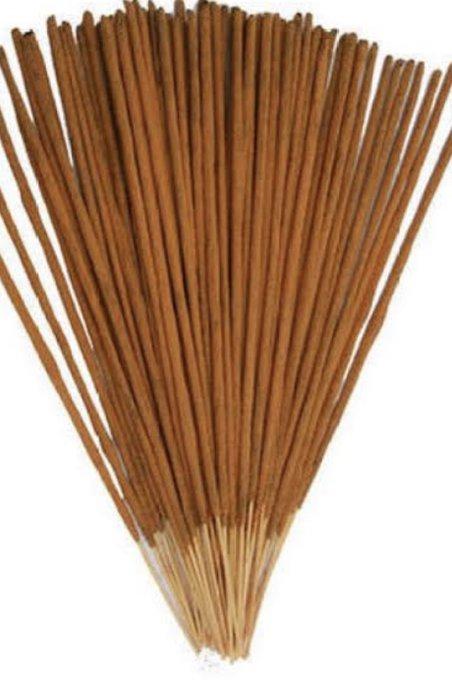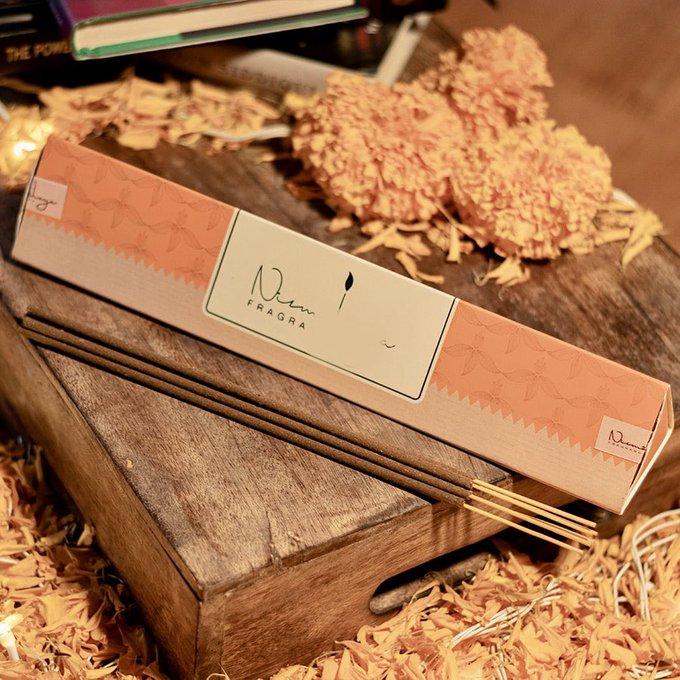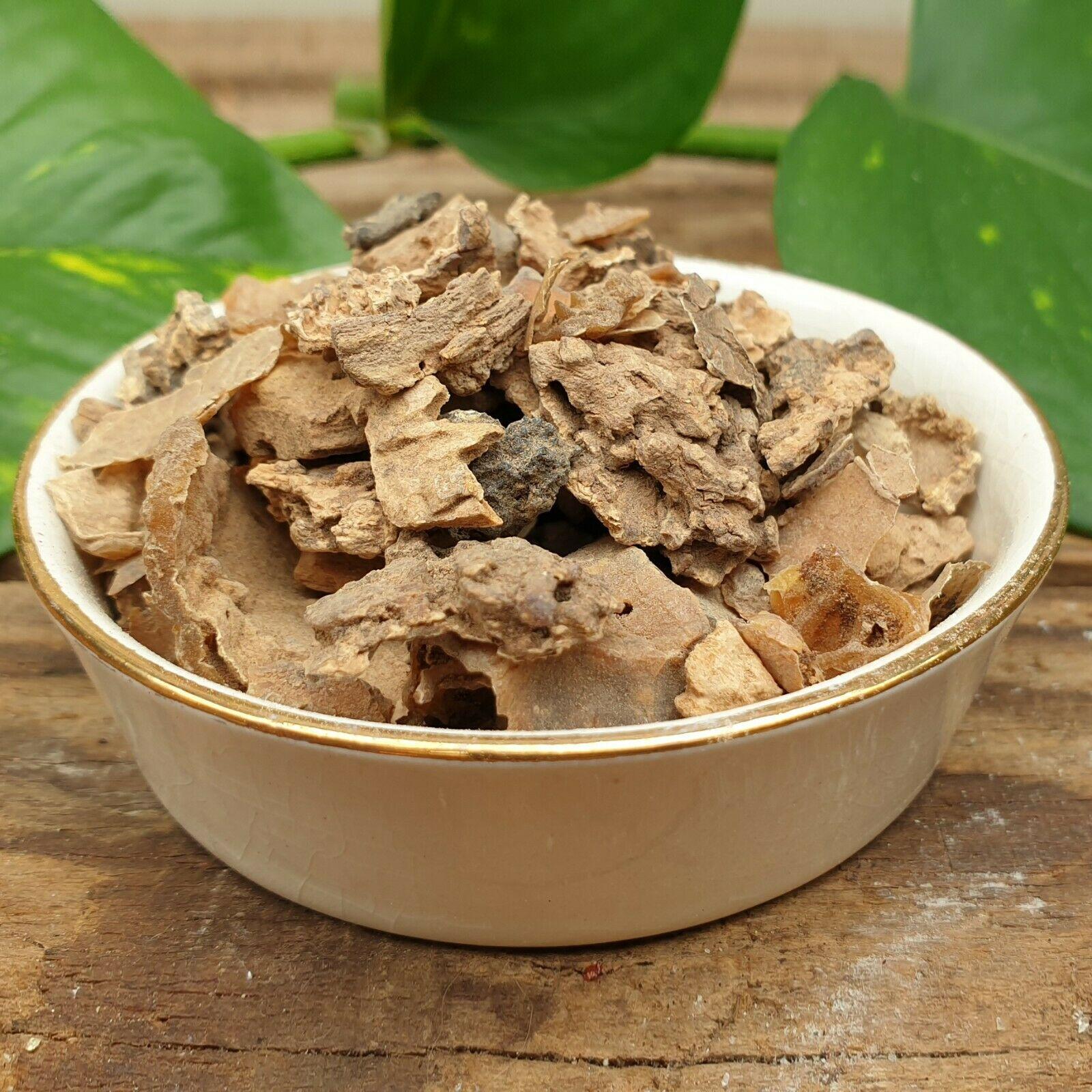Why in Sanatan religious texts, there is no mention of Incense Sticks (Agarbatti) anywhere in the worship method?

We often use different types of wood to burn for auspicious occasions like havan, worship and inauspicious cremation etc., but have you ever seen bamboo wood burning during any work? Haven't seen it, right!
According to Sanatan culture, tradition and religious importance, burning of bamboo wood is considered taboo (forbidden) in our scriptures. Burning bamboo causes Pitra Dosh, while the cord that holds the mother and the child together at the time of birth is also buried in the middle of the bamboo trees so that the lineage continues to grow.

Is there any scientific reason for this?
Lead and heavy metals are found in abundance in bamboo. On burning lead, it forms lead oxide, which is a dangerous neurotoxic and also a cause of brain damage. Heavy metals also form oxides on burning.
But the bamboo wood which is forbidden in the scriptures to burn, even in the pyre, it cannot be burnt. But without thinking we burn bamboo wood daily in the form of incense sticks (Aggarbatti).
A specific chemical called Phthalates is used to spread the aroma produced by the burning of incense sticks. It is a phthalate acid ester (phthalic acid ester) that enters the body with inhalation, thus the so-called aroma of incense sticks is neurotoxic and also hepatotoxic. Its mere presence can cause cancer or brain damage. Even a small amount of hepatotoxic is enough to damage the liver. In the scriptures, there is no mention of incense sticks anywhere in the worship law, but everywhere there is a description of Dhup, Lamp, Naivedya (धूप, दीप, नैवेद्य).

The use of incense sticks started with the advent of Islam in ancient India.
Islamic people used to burn incense sticks in the shrines and we also started using it without thinking. We have given up thinking long ago. Whereas every thing of Sanatan Dharma is made according to scientific point of view only for the welfare of mankind.
Please follow Sanatan Dharma for the welfare of humanity.
Say No To Bamboo Insense Sticks.
Source: Twitter (Vशुद्धि @V_Shuddhi)

- Political Leaders
- Art & Crafts
- Dance & Music
- Sanatan Dharma
- Education & Training
- Food & Drinks
- Gaming
- Health & Fitness
- Home & Gardening
- Literature & Culture
- Love
- Medicine & Ayurveda
- Motors & Vehicles
- Movies & Cinema
- Parenting
- Politics
- Science & Technology
- Shopping
- Social Media
- Spirituality
- Sports
- War & History
- Yoga & Meditation
- Travel & Tourism
- Natural Disaster
- Business & Startups
- DIY & Home Decor
- Finance
- Personal
- News
- Pet Lovers
- Wild Life & Nature
- Podcast & Audio Books
- Poetry
- Law & Order
- Moral Stories
- Jokes & Humour
- Other

